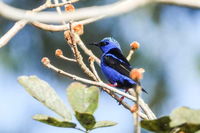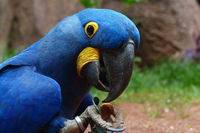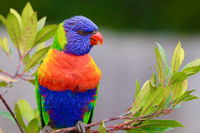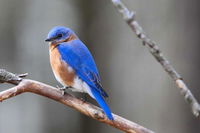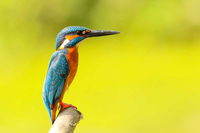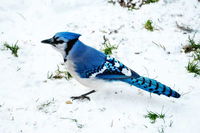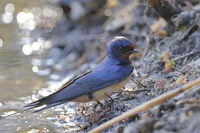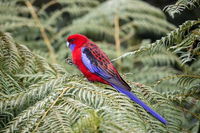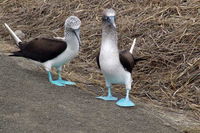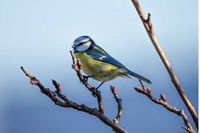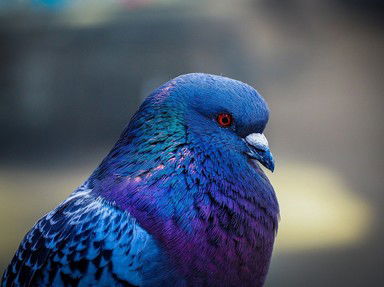
Am I Blue, So Blue Trivia Quiz
Blue is a rare color in the animal kingdom, but odds are, when you see it, you are looking at a bird. Take a trip with me around the globe and see if you can identify these beautiful blue birds. Good luck!
by BigTriviaDawg.
Estimated time: 3 mins.
- Home
- »
- Quizzes
- »
- Animal Trivia
- »
- Wild Birds
